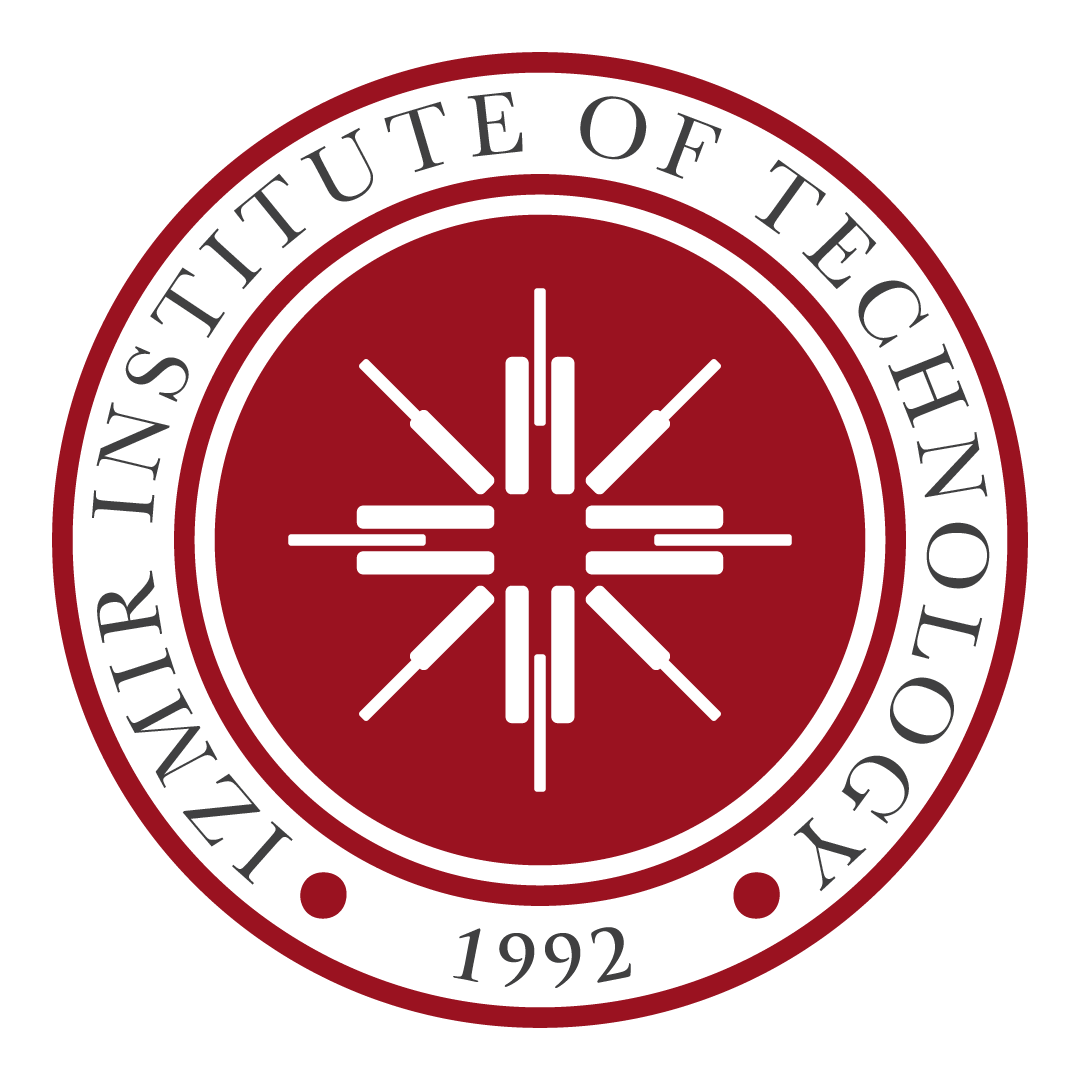CENG 487
Introduction to Computer Graphics
This course covers rendering techniques and programming interfaces for Computer Graphics. The course topics include basic mathematical concepts in Computer Graphics (two and three dimensional transformations), lighting models, methods for basic scene modeling and visibility analysis. Application of these Computer Graphics techniques on modern hardware using OpenGL is also covered.
| Topics |
| Introduction |
| Color |
| Mathematics for Computer Graphics |
| Three Dimensional Graphics |
| OpenGL |
| Texturing |
| Shading and Illumination I |
| Introduction to Rendering |
| Raycasting |
| Ray Tracing Basics |
| Photon Mapping and Global Illumination |
| Accelerating Ray Tracing |
| Shading and Illumination II |
| Volume Rendering |
Instructor(s)
Other Fourth Year Courses
- CENG 400
- CENG 411
- CENG 415
- CENG 416
- CENG 418
- CENG 421
- CENG 422
- CENG 424
- CENG 431
- CENG 432
- CENG 433
- CENG 434
- CENG 435
- CENG 436
- CENG 437
- CENG 441
- CENG 442
- CENG 443
- CENG 444
- CENG 451
- CENG 452
- CENG 461
- CENG 462
- CENG 463
- CENG 464
- CENG 465
- CENG 471
- CENG 472
- CENG 473
- CENG 481
- CENG 482
- CENG 483
- CENG 484
- CENG 485
- CENG 486
- CENG 488


